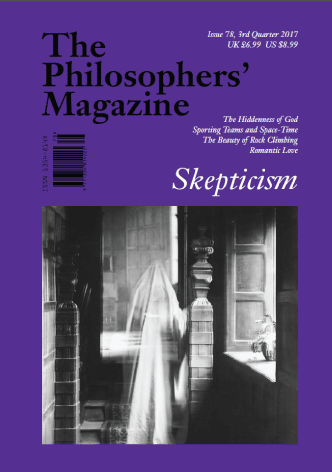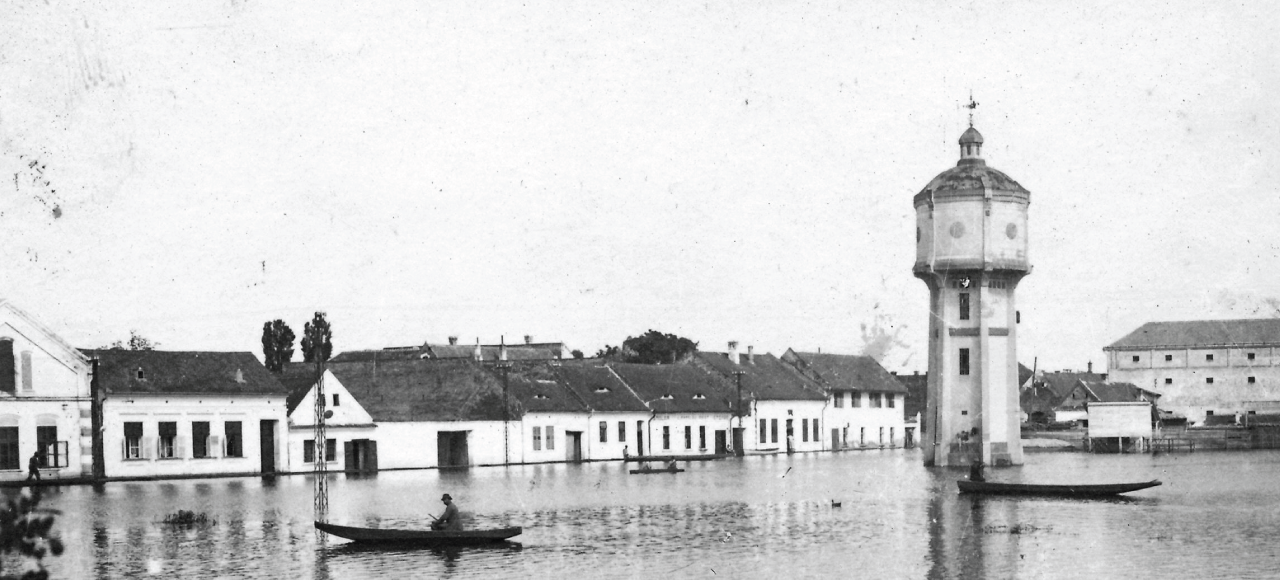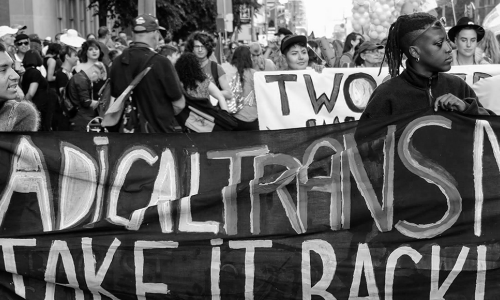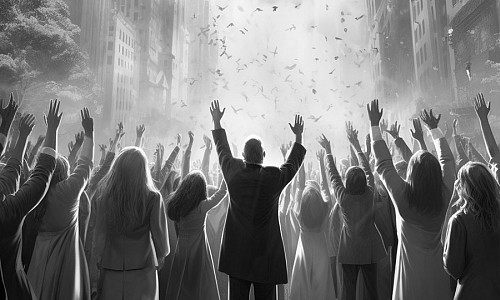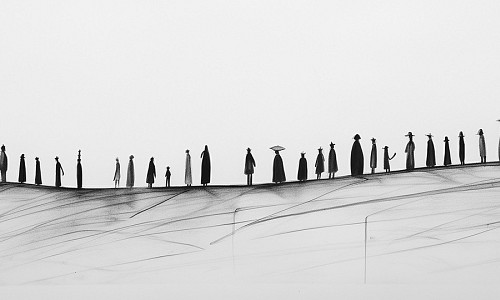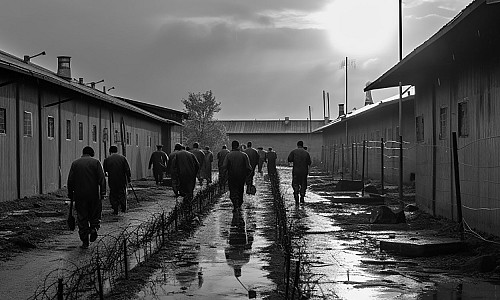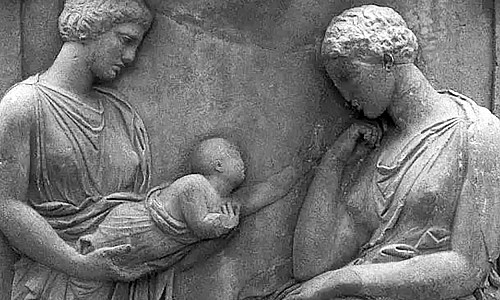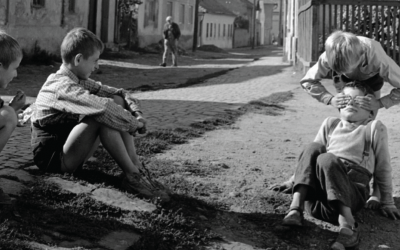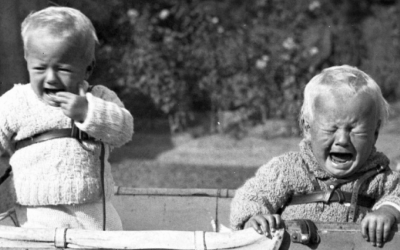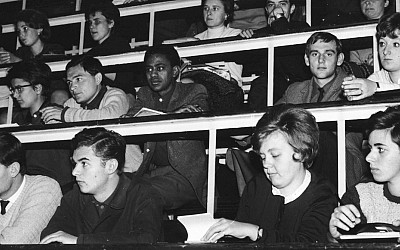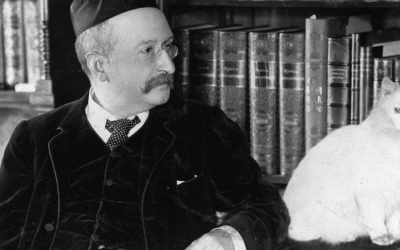Russell Blackford reviews Mitchell Stephens' compelling and pleasing account of the origin and rise of atheism.
Imagine There’s No Heaven: How Atheism Helped Create the Modern World, by Mitchell Stephens (New York: Palgrave Macmillan, 2014, ISBN 978-1-137-00260-0). 328 pp. Hardcover, US$30.00.
American journalist and academic Mitchell Stephens has provided us with a fine historical study of the rise of atheism and the widespread decline, over the past two centuries, of sincere, naïve religious belief. Church attendances and professions of faith have somewhat held up in the relatively pious United States of America – as compared to other industrialized countries, especially those of Europe – but even in the US there has been a discernible withdrawal of the sea of faith. Throughout the Western world and in many non-Western countries, fewer of us show a wholehearted trust in supernatural dogmas. Indeed, outright atheism is now attractive, prevalent, and even fashionable.
How could this have happened, given the Christian hegemony throughout Europe at the beginning of Western modernity in the sixteenth and seventeenth centuries? Even within living memory, there has been a large-scale loss of faith. How did that happen?
Imagine There’s No Heaven should sit next to Charles Taylor’s A Secular Age (2007) and Gavin Hyman’s A Short History of Atheism (2010). These examine much the same course of events and tendencies, but from viewpoints more sympathetic than that of Stephens to the claims of religion. Taylor, in particular, is a practising Catholic, though his book offers a magisterial and largely objective account of the rise of non-belief over the past five hundred years. Hyman digs further back into history, again offers a largely objective account, but views modern atheist thought as largely unnecessary: as a rejection of theological positions that never should have thrived in the first place. (Hyman seems to like the idea of an indescribable, undefinable, generally ineffable God.)
My own book, 50 Great Myths About Atheism (2013), co-authored with Udo Schuklenk, includes a final chapter of nearly 50 pages covering the origins and rise of atheism. This is written from a viewpoint based more than any of the above in atheistic philosophy of religion. I clearly have a dog in this fight, but I also think it’s useful to consider the historical trajectory of atheism and other forms of non-belief from a range of viewpoints. We all have biases, and it’s notoriously easy to “read” the historical record in ways that confirm them.
Stephens’ book begins with a detailed and useful look at non-belief in classical Western antiquity and ancient India. From there it works forward through medieval Europe, the emergence of modern science, and the Age of Enlightenment, to more recent historical events and their participants, and finally to present-day sociological trends. In explaining the rejection of religion by isolated individuals living within religious milieux – and more recently by entire secularizing societies – Stephens identifies five varieties of irreligious thought, or perhaps these are better regarded as psychological factors undermining religion’s credibility. They are worth a brief summary (in fact, one minor fault of the book is that it never lists them together in a clear way):
1. Robust, commonsense skepticism expressed by the thought how can that be? when the claims of religion just don’t seem logical or fail to connect with our understanding of how things happen in the everyday, practical world.
2. The anacreontic philosophy (after the pleasure-loving Greek poet Anacreon), a simple, joyous, often anti-religious approach to life with a commitment to living with intensity and exuberance. Variants of this philosophy identify human flourishing with quieter, more tranquil, but nonetheless real pleasures – as in the philosophical system of Epicurus and his followers.
3. An inclination to seeking natural explanations of human actions and the phenomena of the observable world. As more events can be explained in this way, rational understandings tend to replace and render redundant the old supernatural ones. Soon, the human tendency to believe in gods can itself become a topic for rational inquiry. According to Stephens, this process sometimes develops as a virtuous cycle: a tendency to disbelieve in supernatural beings encourages the search for natural explanations, while successes in finding such explanations further undermine belief in supernatural beings. Thus, science and reason disenchant nature, diminishing the role assigned to God or the gods and tending to erode religion’s perceived authority.
4. A response to the real hell of political and economic repression often associated with religion. As Stephens tells the story, Enlightenment thinkers were correct to view the Christian churches as complicit in social evils. They were guilty of repressing individual freedoms and far too closely involved in the terrible conditions endured by the poor and otherwise marginalized. While most people in Europe lived in a real hell, eschatological fantasies of Heaven, Hell, and divine judgment distracted them from doing much about it.
5. Yearnings for an open sea (to adopt some words from Nietzsche). These have inspired more recent artists, philosophers, scientists, political thinkers, and other creative individuals. Many have yearned to be free from old dogmas and traditions – free to create the culture, knowledge base, and politics of the modern world.
These varieties of irreligion are, I think, somewhat impressionistic, and Stephens himself would not claim that they exhaust the reasons for atheism’s successes over recent centuries and decades. There is doubtless much to say about the effects of urbanization, economic growth, increasing personal security, and many other complex causal factors. Nonetheless, all five – how-can-that-be? skepticism; the anacreontic philosophy; increasingly successful quests for natural explanations; religion’s complicity in the real hell of social and political repression; and our modern yearnings for an open sea – appear to be genuine phenomena, apparent in the cultural and political record.
Thus, the account rings true and aids our understanding.
Importantly, Stephens does an impressive job of demonstrating that there was a certain amount of commonsense incredulity about religion, along with some anacreontic resistance to its pretensions, even in medieval Europe, where the teachings and rituals of the Catholic Church pervaded, and asserted authority in, all areas of social life. This is one point on which Imagine There’s No Heaven has persuaded me to change my mind slightly: perhaps I’ve been too hasty, in previous writings and presentations, to assume that atheism was more-or-less unthinkable in, say, 1500. Stephens reminds us not to underestimate the capacity of ordinary men and women, going about their workaday business, to scoff at otherworldly claims, and he puts evidence for a certain level of folk disbelief throughout European history from antiquity to modern times.
As he acknowledges, however, this could not get very far against the frequent suspicion of scientific and philosophical thought in medieval Europe and the absence of a detailed non-religious alternative to Christianity as a worldview. The number of genuine atheists in Europe was probably very small even in the seventeenth century – the time of the scientific revolution. Even if some of us have sometimes exaggerated the unthinkability of atheism in medieval times, there remains a story to tell about how atheism went from a marginalized position with little intellectual support and institutional legitimacy, to being not only thinkable but attractive to large numbers of ordinary people.
Imagine There’s No Heaven tells the story with detail, clarity, and compassion. Stephens does not forget to include the horrors perpetrated in the name of twentieth-century atheistic belief systems, such as the totalitarian forms of communism imposed by Stalin, Mao, and Pol Pot. He does, however, emphasize (I think rightly) the quasi-religious features of those political ideologies, suggesting that the worst excesses of religion might likewise relate to their comprehensiveness and authoritarianism – features, perhaps, of many systematic and closed worldviews. He writes confidently about a wide range of historical figures over some 2,500 years. Just to take the past century-and-a-half, he vividly depicts thinkers as diverse as Thomas Huxley, Friedrich Nietzsche, T.S. Eliot, Sigmund Freud, Bertrand Russell, and the stylish French trio of Jean-Paul Sartre, Simone de Beauvoir, and Albert Camus.
None of this entails that the book is flawless or that it offers the last word on its topic. As I read and re-read it, there were important stages of the narrative where I felt the treatment was relatively thin or weak, among them the following. First, the analysis of some philosophical arguments is unconvincing. Stephens does not claim to be a philosopher of religion, but he does discuss some of the traditional arguments, so it would be better if he conveyed a more solid and precise idea of what they are about. In particular, his treatment of the Problem of Evil and the theological responses to it will not give uninformed readers an especially useful idea of the state of the debate or the main theological lines of defense. That’s not fatal to the value of the book, or even the value of the relevant passages, but readers would need to look elsewhere to gain a sophisticated understanding.
Second, Imagine There’s No Heaven is unsatisfying in its account of declining religiosity throughout the nineteenth century, especially but not solely among the more educated classes of society. This commenced well before the publication of Charles Darwin’s On the Origin of Species in 1859, then continued into the following century. Stephens is well aware of all this, but he tends to concentrate on particular historical figures, such as Charles Bradlaugh and Annie Besant, rather than analyzing what social and intellectual trends might have weakened religious faith.
For example, how much were European intellectuals influenced by the fruits of biblical Higher Criticism, which destroyed traditional claims about the authority and provenance of the scriptures? Stephens scarcely touches on this. Similarly, he conveys little sense of a changing moral sensibility through the nineteenth century that may have sat uneasily with literal notions of God, Heaven, and Hell.
In fairness, the causal paths are difficult to establish, but I’d have been interested in Stephens’ perspective based on the evidence available.
Third, there is a similar problem when we get to the decline of religiosity in the twentieth century. Stephens focuses on particular artists and intellectuals, although he does include a brief summary of factors that might have interacted to produce the collapse of organized religion in Europe in the 1960s. More analysis is needed, however, and nothing very new is offered at this point.
Still, Imagine There’s No Heaven is an impressive and enjoyable book. It brings together much information in a compelling narrative full of pleasing insights. No single account of atheism’s origin, rise, and cultural impact is definitive, but this one earns its place on the bookshelf.
Russell Blackford is Conjoint Lecturer in Philosophy at the University of Newcastle.
You might also like...
